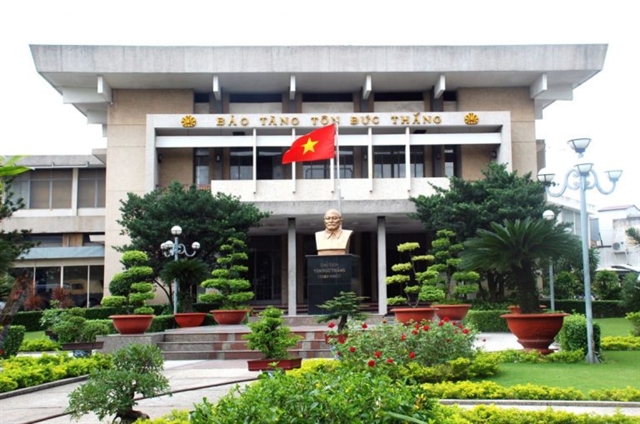 Life & Style
Life & Style

A project on rebuilding the Tôn Đức Thắng Museum of HCM City has approved by local authorities, according to the museum’s director Phạm Thành Nam.

|
| Tôn Đức Thắng Museum, named after the second president of Việt Nam, will be rebuilt next year. Photo courtesy of museum |
HCM CITY — A project on rebuilding the Tôn Đức Thắng Museum of HCM City has been approved by local authorities, according to the museum’s director Phạm Thành Nam.
The construction will begin next year and be completed in 2022. The building, located on more than 1,722sq.m, will include a basement and four storeys.
The VNĐ275.7 billion (US$11 million) investment came from the city’s budget.
“We have been working to improve our way of doing business to attract visitors, particularly young people, after the reopening,” said Nam.
Tôn Đức Thắng Museum is named after the late President Tôn Đức Thắng, founder of the first workers’s union in Việt Nam in 1920.
Thắng was born in 1888 in An Giang Province’s Long Xuyên City. He joined the patriotic movement against the French colonialists at a young age.
He moved to France and participated in the workers’ movements there, as well as the rising of the French Navy in the Black Sea in support of the October Revolution in Russia.
In the 1920s, he returned to Việt Nam and led the workers’ movement in Sài Gòn, now HCM City, with the Ba Son strike, the most prominent example of the movement’s activities.
He joined and became a leader of the Việt Nam Revolutionary Youth Union.
In 1929, the French colonialists arrested and sentenced him to 20 years in Côn Đảo Prison. One year later, he joined the Communist Party of Việt Nam while he was in prison.
After the August Revolution in 1945, Thắng regained his freedom and joined the resistance war against the French invaders. He was assigned many important missions by the Party.
He was the second President of Việt Nam, serving from 1969 to 1976.
He made great contributions to the Vietnamese revolution, the world peace movement, and international friendships. He was the first person to receive the Sao Vàng (Golden Star) Order from the Party and Government. He was also awarded the Lenin Order and the Lenin Prize of the Soviet Union.
He died in 1980.
Tôn Đức Thắng Museum opened in 1988 and houses many documents, images and artefacts, providing visitors with a deeper knowledge of Việt Nam’s s history and people during the French and American wars. The life and revolutionary career of the president are also featured.
The museum has organised several hundred showcases and exhibitions over the years. The staff has also created special programmes to attract secondary school and university students.
The museum attracts nearly 2 million visitors each year.— VNS




